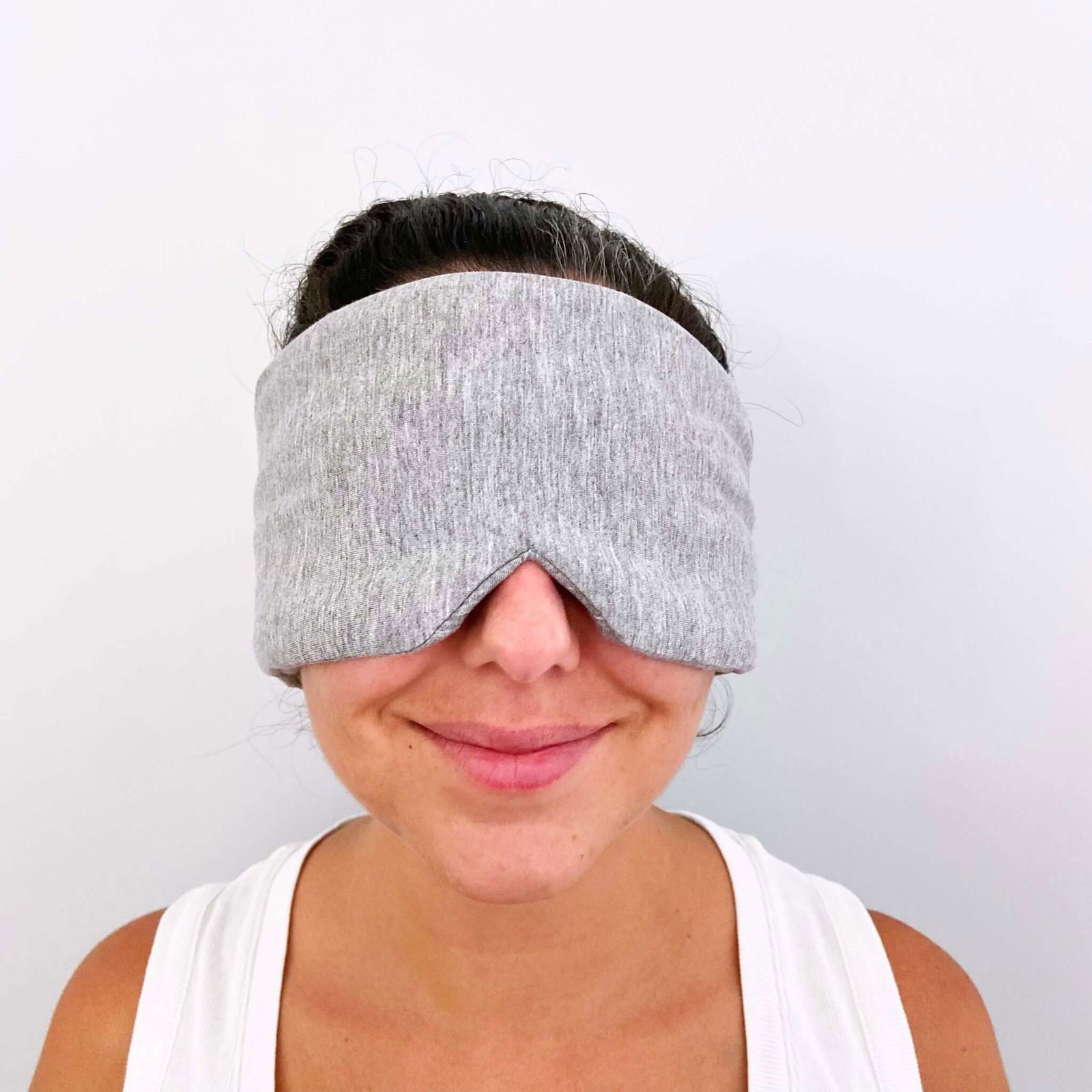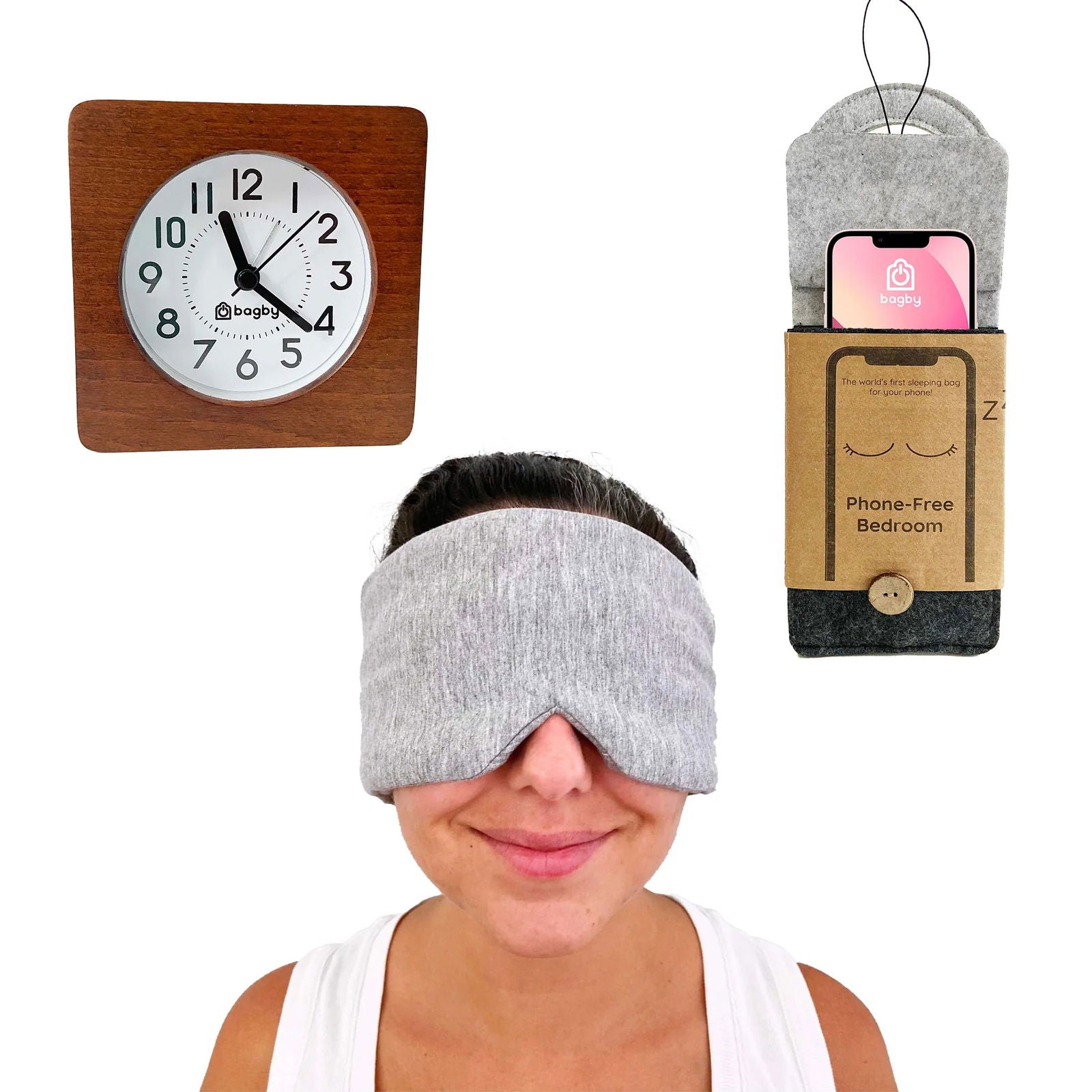Human behavior is learned, which means one doesn’t bear the ability to emote, think, empathize, make decisions, and socialize since birth. We learn them as we grow older, observing the society around us. Families, friends, acquaintances, and even the people we don’t know have played a significant role in the type of person we’ve become.
Research says that children today are at risk of becoming psychologically and emotionally underdeveloped, as screens isolate them and deprive them of what’s needed for healthy emotional and psychological growth.
In this post, we’ll have an in-depth look at the risk of screens and how you can set screen time limits so your kids can grow physically and mentally stronger without having to fall behind the curve. So, let’s begin.
Excessive Screen Time Is Harmful
Prolonged screen use affects both kids and adults. But children suffer more significant problems, as their minds and bodies aren’t fully grown yet. Here are some of the effects of unrestricted screen time in children.
Slow Language Development
A 2017 research study out of Canada showed that exposing children to screens from a young age can cause slow language development.
For this study, they examined almost 900 young children aged between six months to two years. The researchers found that toddlers who were given more screentime were more likely to have “delayed expressive language skills” (i.e., there was a significant delay in the child’s ability to say words and sentences). They also uncovered that every 30-minute increase in daily screen time can cause a 49% increase in the risk of expressive language delay.
Another similar study comes to us from the University of Washington, US. But, in this study, instead of analyzing the kids, the researchers surveyed 1000 parents.
Upon talking with them, the researchers found that toddlers who watched more videos said significantly fewer words compared to toddlers whose learnings were limited to mostly offline methods.
They concluded that “for each additional hour of videos that eight- to 16-month-old infants watched in a day, they said an average of six to eight fewer words.”
But, how do screens prevent language development in children?
As I already mentioned, children learn new skills and expressions by watching people around them. So, even though watching videos on a screen can introduce them to new words, it doesn’t give them the necessary feedback to be able to use the words they learn in a proper manner.
Reduced Creative Thinking
Our minds are designed to create. The level of comfort we’re in today, the technologies we have, the things that entertain us, and the things that help us in our day-to-day life—started with a creative idea.
Evolution has designed our brains to think of things that better human existence. And for this to happen, your brain needs space.
When that space is occupied by screens, your creativity level decreases.
Digital overstimulation is a serious problem in the modern world. Our gadgets, screens, and the content in it cause a lot of activity in your brain, causing it to fail to do the very things that it’s supposed to do.
Your brain wants to be constantly doing things. It’s designed that way.
So, when you aren’t doing anything, you feel boredom. And to cure your boredom, you do different things, like creating new stuff.

Screens don’t let your children get bored. And that’s a problem because boredom is the friend of creativity.
Also, research says that, besides lowering your creativity, digital overstimulation can cause problems like tech addiction, increased attention-deficit symptoms, disrupted sleep, impaired emotional and social intelligence, and impaired brain development.
Exposure to Inappropriate Media
Today, a lot of younger kids are highly active online. And the internet, even though it’s super beneficial, has a ton of things that can mentally harm your child. This is why it’s your responsibility as a parent to monitor what they’re doing on their phones and computers.
See, it’s good to give your children privacy. When you’re not there, ready to break their every fall, they’ll learn a lot of things that will help them in the long term. But, where do you draw the line?
Statistics say that 56 % of children get exposed to explicit material online by 11–16 years of age.
And several sources fuel this problem. Be it explicit pop-up ads on free games, videos where it shows children’s cartoon characters in adult situations, online forums that promote self-harm— countless things can expose your child to inappropriate materials online.
And as you already know, that’s not healthy for them. It can trigger problems like internet addiction disorder, sexual aggression, and violence as they grow older.
Cyberbullying
Cyberbullying is the act of using digital technology to deliberately and repeatedly humiliate, harass, embarrass, threaten, torment, intimidate, or pick on another person.
It’s pretty common at places like online games and social media platforms like Instagram, Facebook, TikTok, and Snapchat.

Cyberbullying has severe effects on children, and most of the time, they can’t do much about the individuals giving them a hard time, as the internet provides the bullies a certain degree of anonymity.
This causes them to suffer silently, resulting in problems like lowered self-esteem, loneliness, isolation, low academic achievement, and less interest in school.
Blue Light Exposure
Another downside of prolonged unrestricted screen time is that it exposes kids to a massive amount of blue light.
Blue light is one of the few visible EMFs in the electromagnetic spectrum, and prolonged exposure to it is known to suppress the melatonin production in your body.
We receive blue light daily from the sun. And it doesn’t harm us. That’s because, unlike UV rays, blue light itself isn’t harmful. The problem comes from the connection that our brain has with it.
Since the sun emits blue light, evolution has trained our circadian rhythm to work with it. This means as soon as you see blue light, your brain tells your body to switch on the activity mode, so you can go through your day with full energy.

And as the sun goes down, your brain again tells your body that it’s time to start switching to rest mode. That’s why you start feeling tired in the evening, even if you haven’t done anything during the day to tire yourself.
Now, if your child’s exposure to blue light was just from the sun, there wouldn’t be any problems. But the LED-screen-based gadgets they use to study, play, entertain, and interact with their friends also emit the same kind of light that the sun does.
Evolution has programmed it to see the blue light and not the source. So, the brain can’t differentiate between blue light coming from the sun and gadgets.
And since your kids don’t stop using their gadgets after sundown, their brains can’t activate rest mode, which is a problem because, without the brain’s trigger, your kids won’t get adequate sleep, resulting in a ton of health problems.
Read my in-depth post on “Blue Light & its Effects” for more information.
Benefits of Limiting & Moderating Screen Time
So, as you see, screens, although beneficial, are a huge problem. But the good thing is, there’s a solution to this—and a pretty simple one for that matter. You just need to limit your kids’ screen time.
And here are some of the changes you’ll see after a short while of limiting your kids’ screen time.
Social Skills
Even though technology is an integral part of everyday life, humans ultimately control it. This means that even if an individual is super tech-savvy, they’d have a hard time flourishing in life without proper social skills.
And the good thing is, since being social is a huge part of being a human, it’s not really hard to develop social skills.

When you help your child balance screentime with the time they spend with others, learning, interacting, and essentially functioning in the real world, their social skills enhance, prepping them for their future as independent adults.
Improvement in Academic Performance
Academics require focus and sheer attention. And the problem today is most children can’t focus on one thing for a long time.
Before extremely short videos on platforms like TikTok became a norm, people had no problems watching 10–30-minute videos on YouTube. But today, people, especially children and teens, hardly watch videos that are any longer than a few minutes.
The reason, according to experts, is the decreased attention span caused by watching extremely short videos for a long time. And it’s not just TikTok. You’ve got Instagram Reels, YouTube Shorts, and many other platforms that only allow videos that are less than a minute, to be shared.
But how does watching short videos harm your attention span?
The answer has to do with a chemical called dopamine that’s released in the brain to make you feel good. Dopamine is involved in helping us feel pleasure as part of the brain’s reward system.
Since the brain demands dopamine, we have no other option but to do things that get us this release. And even though this chemical is there to push yourself to do better in your life, we sometimes fall into the trap of easy dopamine sources like these short video platforms.
You browse one after another, entertaining videos within a short period, resulting in addiction and a decreased attention span.
Now, when the kids go to school with their shortened ability to be attentive, their grades suffer.
When you limit your kids’ screen time, they can’t help but look for other entertainment sources. It can be reading a book, taking a new hobby, learning something new; all these things will help them re-grow their lost ability to be attentive.
More Physically Activity
The Centers for Disease Control and Prevention says that children ages 3 through 5 years should be physically active throughout the day.
And children and teens ages 6 through 17 should do a minimum of 60 minutes of moderate-to-vigorous intensity physical activity each day. This includes running, jumping, and other aerobic activities that strengthen their bones 3 days a week. And the other 3 days should focus on building muscles, which means doing things like climbing and pushups.
Since their bodies are in the development phase, stimulating each part of their body is extremely crucial for growing into a healthy adult.
According to a report by Kaiser Family Foundation, children aged between 8-18 years spend an average of 7.5 hours in front of a screen.
And those 7.5 hours spent are just for entertainment, which adds up to 114 full days watching a screen just for fun over a year. On top of that, they use computers for educational purposes or at home for homework.
Because of this engagement and not focusing on fitness, they can suffer many problems like high blood pressure, diabetes, cardiovascular diseases, and obesity in early adulthood. Setting a screentime limit and changing their lifestyle from sedentary to active will change this completely.
How To Go About It?
So, as you see, setting a screen time limit is extremely beneficial for your kids. But how do you go about doing that? Below are some tips you can follow to ensure your kids are spending just the required amount of time on screens, so they can grow healthily without having to stay away from screens completely.
No Screens in Your Child’s Room
The American Academy of Pediatrics (AAP) recommends not allowing screens in children’s and teens’ bedrooms. This includes phones, computers, or TVs. The reason behind this is when there’s a screen present in their bedroom, children tend to stay up late.
Besides that, constant notifications from texts, social media updates, and chats disturb their sleep.
So, to prevent that, you can do either of these things.
- Make a rule about what time devices come out of the bedroom
- Or make bedrooms device-free altogether.
Create “Technology-Free Zones”
Creating tech-free zones is really important in a home for healthier socio-psychological development in children. One of the best example places that need to be tech-free is the dinner table. I have written a separate in-depth post on why bringing your cell phone to the dinner table is a bad idea. You can give it a read.
See, dinner time is, in most cases, the only time when each member of the family comes together. This is the best place for your kids to psychologically and emotionally replicate the elders in their home.
Of course, besides the dinner table, there’s the bedroom and the living room. Setting up this limit induces healthier growth and helps your kids break free from tech addiction.
Encourage Other Activities
Simply setting up a screen time limit isn’t enough. You kids can eventually get bored and fight for their screen back. To prevent this, you need to engage them in other activities, preferably a new hobby that they can pursue offline and one that will help them in the long term.
Explain Why You’re Limiting Screen Time
This is the most important thing you need to do while setting up a screen time limit. You need to explain why you’re setting this limit, to your child. This is because if you simply set a limit on their favorite thing without explaining anything, they may feel restricted. And in the long term, this may lead to your child not being able to express their wants, needs, and concerns.
If your child is at an age where they can understand things and ask questions, open communication becomes necessary. So, talk to them.
Final Thoughts
Though technology makes our children’s lives incredibly comfortable, it has downsides if not used properly. This is why it’s super important, as a parent, for you to moderate how your child interacts with technology. That's because this one simple act can prepare your kid for a lot of battles they may face as they grow older, says Dale Hancock, an International Confidence Coach for kids.
Dale is a widely-followed public speaker and a confidence coach for kids with whom we had the opportunity to discuss many interesting topics a while back in season 2 episode 8 of "The Healthier Tech Podcast."
We talked about things like:
- The role that moderating technology plays in a child’s confidence building
- Boosting your child’s confidence
- And how your child can use confidence against problems like anxiety and depression
You can listen to this episode for free on "The Healthier Tech Podcast." We're available on all major platforms.


















